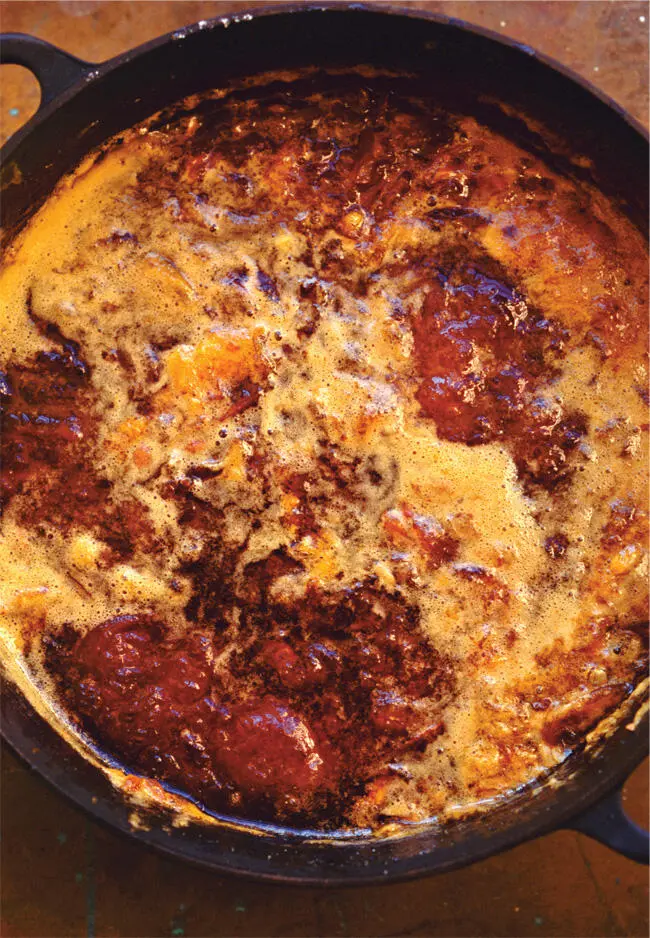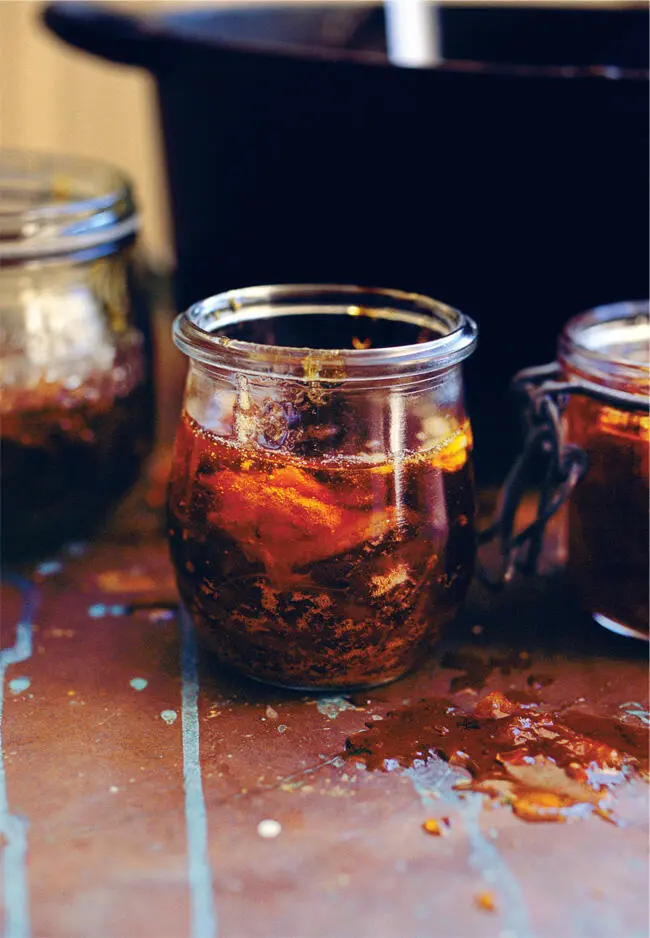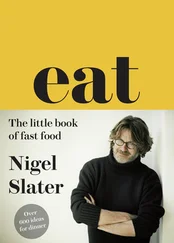It wasn’t, on reflection, the wisest of days to make marmalade. I had pruned the roses, the temperature was a degree or two below freezing, and the skin around my thumbnail had cracked open in the cold. Each drop of bitter orange juice, each squirt of lemon zest sent shots of stinging pain through my thumb. But the Seville orange season is over in the blink of an eye and sometimes you just have to shut up and get on with things.
Marmalade making is about as pleasurable as cooking can get. It isn’t something for those whose only reason for cooking is the finished product. If the process of peeling oranges, painstakingly cutting their skin into fine strands and constantly checking their progress on the stove is a chore, then don’t do it. There is enough exceptionally good cottage-industry marmalade out there. Go and buy it. Making marmalade is a kitchen job to wallow in, to breathe in every bittersweet spray of zest, enjoy the prickle of the fruit’s oils on your skin and fill the house with the scent of orange nectar (or, of course, screech with pain as the bitter juice gets into your wounds).
Each stage, and there are several, carries with it waves of extraordinary pleasure. I say extraordinary because it is not every day you get the chance to fill the house with a lingering smell that starts as bright and clean as orange blossom on a cold winter breeze and ends, a day later, with a house that smells as welcoming as warm honey. There is something heart-warmingly generous about marmalade makers. I can’t tell you how many jars I have been given over the years. In my experience they like nothing more than passing their golden pots of happiness on to others.
There must be hundreds of recipes, but it is the method that changes rather than the ratio of ingredients. Some cooks swear by boiling the oranges whole, then chopping them; others cut the fruit into whole slices, others still include the pith in the jam itself, while some nitpickingly remove it. I have met cooks who chuck their boiled peel in the food processor, some who add a lemon or two, and those who introduce a couple of sweet oranges. It probably goes without saying that there is someone out there making it in minutes in the microwave (and surely missing the whole damn point).
The method you choose will depend on how you like your marmalade. Don’t probe a marmalade fan on the subject of texture unless you are actually in need of a Mogadon. Some of us like ours soft and syrupy, others prefer a jam that will stand to attention on the spoon. I like my peel in thin, hair-like strips, while friends insist on juicy chunks. Then there are those who leave the fruit in whole slices or cut it into fat nuggets. In my experience the latter produces the marmalade most likely to fall off your toast while you are engrossed in Nancy Banks-Smith or the Today programme. Lastly, there’s the lot who insist on sieving their pith out altogether. And the lovely thing is that each and every one of us is right.
I like my marmalade to shine in the morning sun. A bright, jewel-like mixture with thin strands of peel, quivering, but not so loosely set that it drips down the sleeves of my dressing gown. The point of this golden jam is its bittersweet quality. It’s a wake-up call in a jar. That is why we eat it first thing in the morning. The bitter oranges you need are available for a short season in January and February.
I know I am stepping into deep water giving a marmalade recipe, which is partly why it has taken me twenty years to get round to offering you one, but marmalade recipes are very personal things and we marmalade makers are a proud bunch (which is possibly another reason why we give so much of it away). But here it is, a little pot or two of bright, shining happiness, full of bittersweet flavour and stinging thumbs.

I made two batches this year. One with organic fruit, the other not. The flavour of the organic one shone most brilliantly and took less time to reach setting point.
Makes enough to fill about 5 or 6 jam jars.
Seville oranges: 1.3kg
lemons: 2
golden granulated sugar: 2.6kg
Using a small, particularly sharp kitchen knife, score four lines down each fruit from top to bottom, as if you were cutting it into quarters. Let the knife cut through the peel without piercing the fruit. Remove the peel, cut each quarter of peel into fine shreds (or thicker slices if you like a chunkier texture) and put into a large bowl. Squeeze in the juice from the peeled oranges and lemons with your hands, chop the pulp and add it, removing the pips. Add 2.5 litres of cold water. Tie the pips in a muslin bag and push into the peel and juice. Set aside in a cold place and leave overnight.
The next day, tip the mixture into a large stainless steel or enamelled pan (or a preserving pan for those lucky enough to have one) and push the muslin bag down under the juice. Bring to the boil, then lower the heat so that the liquid continues to simmer merrily. It is ready when the peel is totally soft and translucent. This can take anything from forty minutes to a good hour and a half, depending purely on how thick you have cut your peel (this time, mine took forty-five minutes).
Once the fruit is ready, lift out the muslin bag and leave it in a bowl until it is cool enough to handle. Add the sugar to the peel and juice and turn up the heat, bringing the marmalade to a rolling boil. Squeeze every last bit of juice from the reserved muslin bag into the pan. Skim off any froth that rises to the surface (if you don’t, your preserve will be cloudy). Leave at a fast boil for fifteen minutes. Remove a tablespoon of the preserve, put it on a plate and pop it into the fridge for a few minutes. If a thick skin forms on the surface of the refrigerated marmalade, then it is ready and you can switch the heat off. If the tester is still liquid, then let the marmalade boil for longer, testing every ten to fifteen minutes. Some mixtures can take up to fifty minutes to reach setting consistency. Ladle into sterilised pots and seal immediately.

FEBRUARY 7
Fish, some new thoughts
I like February, with its grey-white skies and snowdrops. In the kitchen it is the time for long-cooked dishes of earth-coloured pulses, meat on its bones and home-made cakes. A month of beans, bones and baking. But it is also the month I go on holiday. Not towards warmth and bright sunshine, but places cold and icy, with crisp air that reminds you that you are alive.
Little feels more right than eating fish within a few steps of the sea. A lunch in Oslo, now a favourite place to escape, of fish soup flavoured with basil, eaten within sight of seventy white masts in a harbour with water like a black mirror, feels about as right as any meal I have ever eaten. Even more so as I saw the fish arrive barely twenty minutes before.
I have eaten nothing but fish for several days now – give or take the odd marzipan-filled, cardamom-scented maple syrup bun. The most curious was my lunch yesterday, of Arctic char served with chestnuts, bacon and apple purée. You feel it shouldn’t work, the flavours being more suited to pork or perhaps reindeer, but it does. A dish ordered partly out of novelty, partly out of disbelief. It’s clever, because the apples are cut into the tiniest imaginable dice and mixed with celery before being fried and served with the fish. It is a bit of a nancy presentation, but it leaves me inspired enough to have a go at home.
Читать дальше














